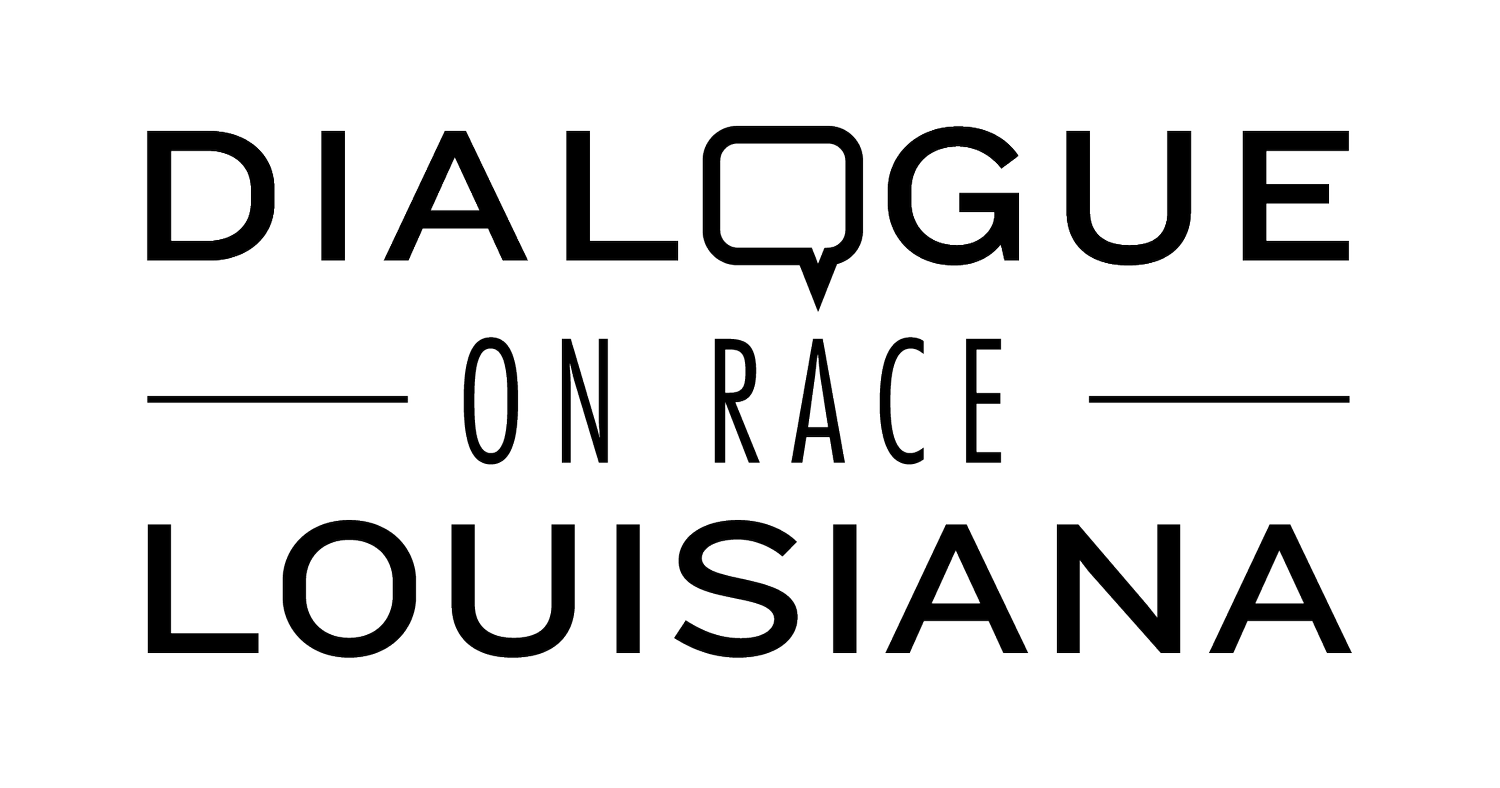For the Record: Freedom House Ambulance Service
Originally written by Ian Seaman June 10, 2021
For the Record is a series designed to bring attention to Black stories that have been hidden, covered up, or missing in public education, and therefore we strive to give credit where credit is due.
The World’s First Paramedics …
In 1970, something strange was occurring at Pittsburgh Presbyterian University Hospital. At any time of the day, young men in strange uniforms would burst through the doors to attempt to save patients in dire conditions. This may not be so strange to hear today, but at that time these were the world’s first paramedics, and they were Black.
Before there were Ambulances …
Could you imagine a time without ambulances, paramedics, or even 24 hour emergency rooms? Before the late 1960s, there were no designated first responders; often it fell to firefighters, police officers, or even local funeral homes to transport patients. In Pittsburgh, much like the rest of the country, you had what was called ‘swoop and scoop,’ where the police were called to pick you up and throw you in the back of their paddy wagon. In the predominantly Black Hill District of Pittsburgh, the care that police provided was often worse. Most residents were hesitant to get in the same police van that they were threatened with the day before.
The Minds Behind the Idea …
The idea started with Phil Hallen, who worked passionately on health disparities in Black communities and wanted to develop a program that delivered emergency medical care. He teamed up with Jim McCoy, leader of Freedom House Enterprises, which rolled out job training, a grocery delivery system, and voting drives in the Hill District. Hallen also sought out Dr. Peter Safar, the father of CPR, who had already begun working on mobile medical transport and what would become the modern-day ICU.
The First Class …
Dr. Safar created a 300-hour intensive training course for this new branch of medicine. In 1967, the first graduates of this course were exclusively young Black men from the Hill District of Pittsburgh. The world’s first paramedics had to learn how to do practically everything an ICU does, and then translate that to both on-site medical treatment and treatment provided inside a cramped moving vehicle.
Challenges and Successes …
Once the paramedics were trained and ready, they faced a number of challenges out on the street. Police were less willing to call them to the scene as they felt their jobs were being taken away. Patients and doctors alike would either refuse to accept help from a Black person or simply refuse to believe they knew how to give medical care. Despite the setbacks, within the first few years, Freedom House and their five ambulances were receiving 6,000 calls annually and saving countless lives in the process. They were receiving attention from all over the nation, with doctors as far away as Germany seeing the potential for this breakthrough in healthcare.
Freedom House is Shut Out …
In spite of this success, Freedom House began to see a decline with the election of Pittsburgh’s new democratic mayor, Pete Flaherty. He almost immediately cut Freedom House funding in half and instituted many policies to restrict and oust Freedom House paramedics. In 1975, the federal government asked then Freedom House director Nancy Caroline to come up with a standardized EMS training textbook. However, during that same year, Mayor Flaherty seized all funding for Freedom House and used it to introduce a new ambulance service with a staff that was 98% white by the 1990s.
The Legacy of Freedom House …
After the introduction of Pittsburgh’s new ‘official’ EMS service, Freedom House was quickly forgotten, and credit for their new pioneering work was never given. The textbook that Nancy Caroline wrote became the standard for EMS training and remains so today, decades later. Ambulances and paramedics are now seen as the norm, but it was truly the trailblazing work of the Black men and women of the Freedom House Ambulance Service that brought it to life.
Credits
Thank you to the 99% Invisible Podcast whose episode on the Freedom House Ambulance Service inspired this format of the series. Kevin Hazzard of the Atavist Magazine originally wrote this story, and provided invaluable information through his interviews with John Moon, a former Freedom House paramedic, and Phil Hallen, retired director of the Falk Foundation. Also thank you to Valerie Amato, the assistant editor of EMS World, who wrote an extensive article on the history of Freedom House. If you would like to learn more you can go to ‘freedomhousedoc.com’ and view their documentary.
Do you want to learn more about what racism is, how it operates, and what can be done to create full institutional access for every citizen in our country? Join us for a series of conversations that help participants unpack the confusion and misinformation around race. You can register for our Original Series by visiting our Eventbrite page. Scholarships are available. Email info@dialogueonracelouisiana.org for more information.








